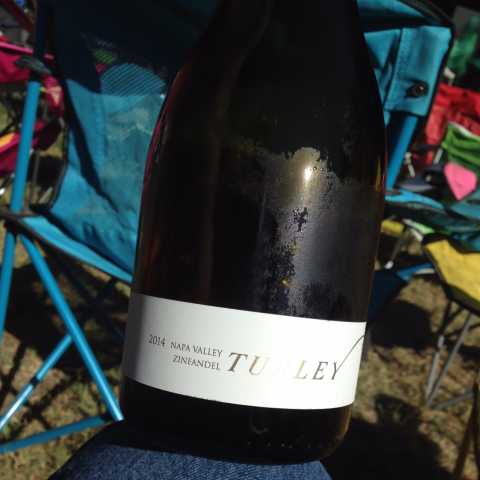I am thinking that the biggest barrier for White Zin is the history of White Zin and all that it connotes. I am no fan of sweet, flat, boring wines, regardless of color, but I am seeing some resurgent interest in roses of Zin and hope to try a few before the weather cools (which gives me a lot of time as long as I live in GA.)
You have to remember that they called the white Zins “blush” wine because at the time, the writers and sophisticated drinkers looked down on rosé/rosado. The US wine industry was still more or less in its infancy and in the 60s and 70s people were drinking the Gallo wines like Pink Chablis, as well as stuff like Lancers, and various semi-sweet whites like Blue Nun or Boones Farm, which came in flavors. And the “serious” wine drinkers, such as they were, disdained rosé.
So calling it a “blush” wine meant it avoided the stigma of being a rosé.
Then when it became so popular, it created its own problems. To this day, many people don’t know that Zinfandel is a red grape. They say they want “a Zinfandel” and when they get a red wine, they’re non-plussed.
And of course, back in the day, once white Zin took off, there were plenty of other wines around to copy. I remember seeing a lot of white Merlot for example. I don’t think there was nearly as much PN planted then and it wasn’t nearly as fashionable as it is today.
Maybe twenty years hence, people will be looking at PN the way they look at white Zin these days.
In any event, most rosado in the world has historically been made from Garnacha. It was a summer drink in much of Spain for a long time. Not meant to be profound, just meant to be enjoyable. And it was often made by blending with white grapes, which is how producers like LdH and Muga did it in Rioja, although that’s not legal now.
